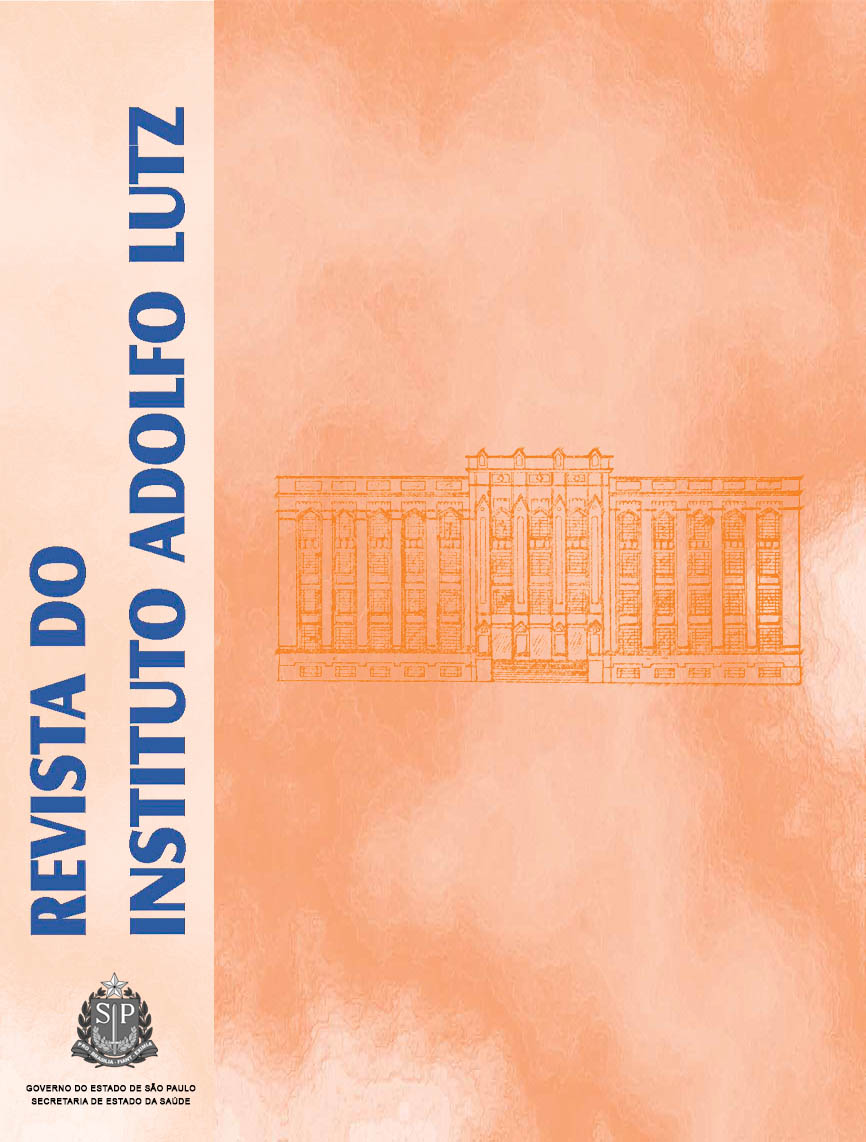Abstract
Oils and fats are largely used for frying foods in Brazil. A prolonged oils and fats heating induces several complex chemical reactions, and produces their compounds degradation, which modify their quality and might cause health hazard to consumers. The purpose of this study was to assess the quality of oils and fats employed for frying foods in Santos metropolitan area, São Paulo state. One hundred samples were analyzed, being 50 of them collected before being used, and 50 during the frying process. The refractive index at 40°C, acidity, linolenic acid contents, temperature, polar compounds (“Fri-Check” method), and “Oil Test” were investigated. Among samples collected before frying procedure, all of the soybean oils showed linolenic acid contents above the maximum limit (2%) recommended by the Brazilian Ministry of Health and international legislation. All of the samples collected during frying procedure showed at least one of the physics-chemical characteristics determination with an inappropriate result, as for 41 (82%) of them registered temperatures above the limit of 180°C established by the Brazilian Ministry of Health Resolution RDC n° 216/04. An intensive plan to guarantee the quality control of oils and fats employed for frying foods, and a close surveillance by the related public departments should be established and bring it into action.References
1. Brasil. Resolução RDC nº 216, de 15 de set. 2004 da Agência Nacional de Vigilância Sanitária do Ministério da Saúde. Dispõe sobre Regulamento Técnico de Boas Práticas para Serviços de Alimentação. Disponível em<http://e-legis.bvs.br/leisref/public/showAct.php?mode=PRI NT_VERSION &id=12546>.Acesso em: 16 mar. 2005.
2. Lima JR. Parâmetros de avaliação da qualidade de óleo de soja utilizado para fritura. Quím Nova 1994; 17(5): 392-6.
3. Gertz C. Chemical and physical parameters as quality indicators of used frying fats. Eur J Lipid Sci Technol 2000;102: 566-72.
4. Código Alimentario Argentino. Ley 18.284, 18/07/69. Capitulo VII, Artículos 520 al 522, Alimentos Grasos, Aceites Alimenticios. (Actualizado al 18 de Mayo de 2003). Disponível em: <http://www.anmat.gov.ar/codigoa/caa1.htm>. Acesso em: 23 jun. 2005.
5. Dobarganes C. Frying fats: quality control. In: International Workshop on Fats, Oils and Oilseeds Analysis. Rio deJaneiro, IUPAC, 2000. Book of conferences.
6. Brasil. Informe Técnico nº 11, de 5 out. 2004 da Agência Nacional de Vigilância Sanitária do Ministério da Saúde. Óleos e gorduras utilizados em frituras. Disponível em:<http://anvisa.gov.br/alimentos/informes/11_051004.htm>. Acesso em: 31 mar. 2005.
7. Mattos ES, Ans VG, Jorge N. Utilização do Kit Oil Test para avaliação da alteração dos óleos de fritura. Hig Aliment 2000; 11 (75): 40-7.
8. Jorge N, Lopes MRV. Determinação de compostos polares totais em óleos e gorduras de frituras. Hig Aliment 2005;19 (131): 46-50.
9. Lima JR. Avaliação da qualidade de óleo de soja utilizado para fritura [Dissertação de Mestrado]. Campinas, SãoPaulo: Faculdade de Engenharia de Alimentos, Universidade Estadual de Campinas, 1994.
10. Masson L. Comportamiento de aceites poliinsaturados em la preparación de patatas fritas para consumoinmediato: formación de nuevos compuestos ycomparación de métodos analíticos. Grasas y aceites1997; 48: 273-81.
11. Queirós S. Nove cidades e ainda um desafio. Expresso Popular, Santos, 29 e 30 jul. 2006. p. 8.
12. Tavares M, Rodrigues RSM, Takemoto E, Aued-Pimente lS, Caruso MSF. Óleos e Gorduras. In: Instituto Adolfo Lutz. Métodos físico-químicos para análise de alimentos 4a ed. Brasília: ANVISA; 2005.
13. Osawa CC, Gonçalves LAG, Grimaldi R. Nova ferramenta destinada ao monitoramento e à inspeção “in site” de óleos e gorduras de fritura. REVISA 2005; 1(2): 102-7.
14. Brasil. Resolução RDC nº 270 de 23 de set. 2005 da Agência Nacional de Vigilância Sanitária do Ministério da Saúde. Aprova o Regulamento Técnico referente a Óleos Vegetais, Gorduras Vegetais e Creme Vegetal, constantedo anexo desta Resolução. Diário Oficial [da] República Federativa do Brasil, Poder Executivo, Brasília, DF, 23 set. 2005. Seção 1, nº 184, p. 372-3.

This work is licensed under a Creative Commons Attribution 4.0 International License.
Copyright (c) 2007 Instituto Adolfo Lutz Journal
